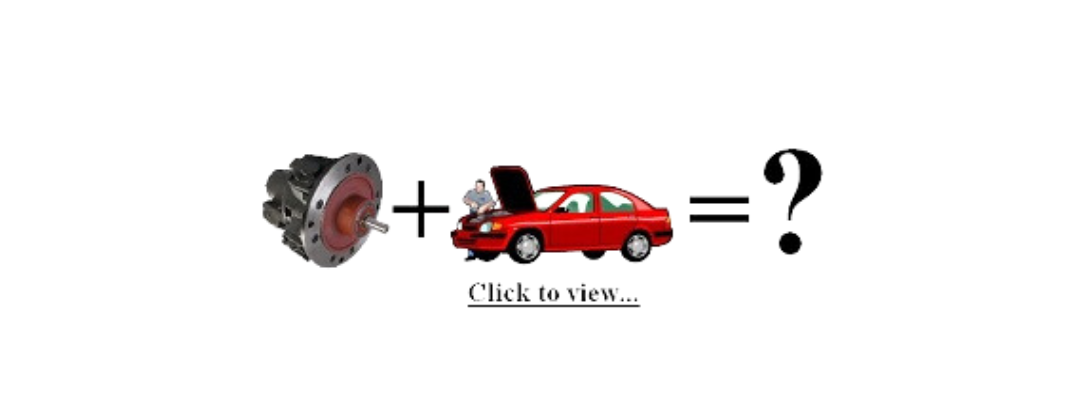Why Use an Air Motor?
Air motors offer a unique set of advantages that make them the best power source selection in certain tough applications.
The following is adapted from the Gast catalog and highlights some of the features that frequently indicate the selection of an air motor.
Variable speed.
You can vary the air motor speed between 300 and 10,000 rpm (depending on model selection) with a simple valve put in between the air source and the air motor. Geared motors can be smoothly run down to less than 10 rpm (depending on the model).
Nonelectrical sparking.
As a nonelectrical device, the possibility of explosion from igniting flammable gases is greatly reduced.
Instantly reversible.
A four-way valve in the air line enables a Gast Air Motor to be instantly reversed. Activating the valve causes a complete reversal of rotation, even when the motor is running at full speed.
Cool running.
As the air motor turns, expanded air cools the motor. Units can be used in ambient temperatures up to 250° F (120°C) in a nonhazardous atmosphere.
Compact and portable.
Get maximum horsepower with minimum size and weight. A 4" diameter air motor with a body length of less than 5" is producing 1.5 hp at 2000 RPM.
Minimum maintenance.
You can put an air motor in places where it will not get much attention, because there’s virtually nothing to service, providing it is operated on a clean, dry, and lubricated air supply. (For even less maintenance, NL series motors do not require lubrication.)
Stalling/Burn out.
Air Motors can be stalled or overloaded for long periods without any damage to the motor.
Low price.
Cost is often less than other motors of equal horsepower and capabilities.
Operate in all positions.
Mount direct drive motors sideways, upside-down, or in any position so long as adequate lubrication is provided and end thrust is kept to design limits. (NL series motors do not require lubrication.) Gearmotors will operate in almost any position, see model data for restrictions.
Low-shock starts.
Because air motors go to work with air-cushioned smoothness, they cut stress on your equipment.
Self-sealing vanes.
Vanes are self-sealing and automatically take up their own wear, thus ensuring constant output for thousands of hours of use.
Mounting flexibility.
Foot, hub, face, NEMA-C or metric flange motor mountings are standard equipment for most air motor sizes.
Four-vane units meet most requirements, but for more precise inching control and minimum blow-by in applications where the motor is frequently operating in a stalled condition, specify eight-vane models.
